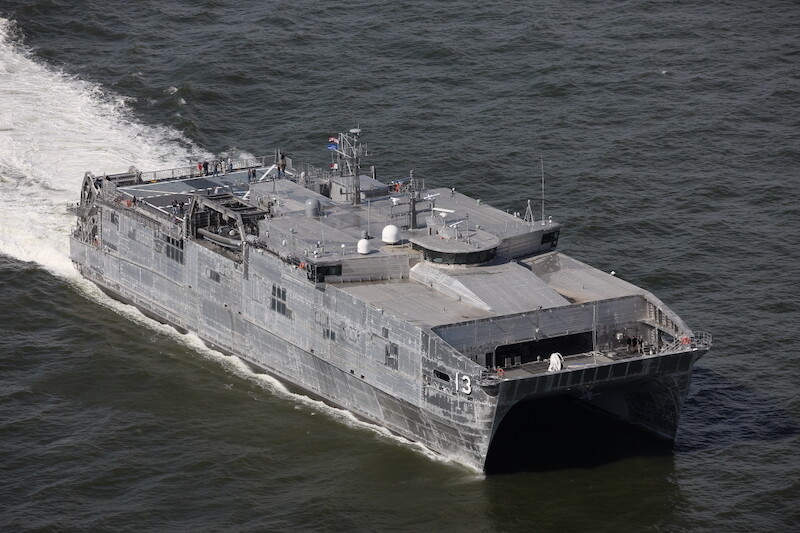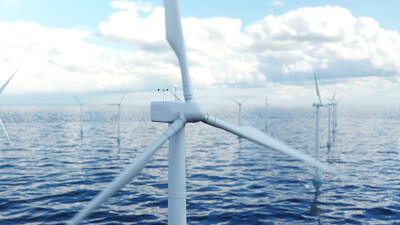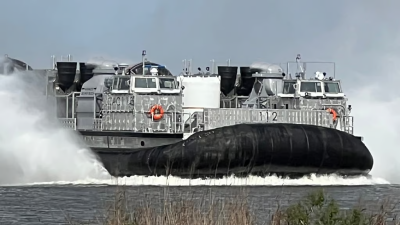Austal USA, Mobile, Ala., has completed construction of the 338'x93'6" (103mx29.5m) expeditionary fast transport ship Apalachicola (EPF 13) for the U.S. Navy. EPFs were formerly known as joint high-speed vessels, delivering the first ship in 2012.
The EPF’s large, open mission deck and large habitability spaces provide the opportunity to conduct a wide range of missions — from engagement and humanitarian assistance or disaster relief missions to the possibility of supporting a range of future missions including special operations support, command and control, and medical support operations. With its ability to access austere and degraded ports with minimal external assistance, the EPF provides options to fleet and combatant commanders.
With 13' (4 meters) drafts, EPFs are catamarans that have performed humanitarian assistance, disaster relief, maritime security, surveillance, command and control, counter narcotics, and additional operations in almost every region of the world.
One unique characteristic of Apalachicola is that Austal USA has been contracted to design, procure, implement, and demonstrate EPF 13 as an autonomous platform, allowing Apalachicola to operate autonomously while retaining the capability for manned operation, reducing cost and centralizing ship operations to the bridge.
“EPF 13 is derived from Austal USA’s mature Spearhead-class EPF high-speed, flexible, multi-hull aluminum vessel design,” Austal USA President Rusty Murdaugh said. “Our team was able to leverage the platform’s core automation capabilities and develop a software and hardware solution to enable autonomous operations. Successful autonomous capability required modifications to Austal’s machinery control system and hull mechanical and electrical systems, integration of L3Harris’ mission and navigational autonomy systems, and General Dynamics Mission Systems’ autonomous cyber solution to create the Navy’s largest unmanned surface vessel.”
Main propulsion comes from four MTU 20V8000 diesel engines hooked up to four Wartsila steerable, reversing waterjets. The propulsion system gives the Apalachicola a speed of 33 knots with 380 metric tonnes of cargo, 21 knots with a mission payload of 231 metric tonnes of medical cargo, and 10 knots in sea state 5. The ship has a range of 1,200 nautical miles at 33 knots with a full load, 4,700 nautical miles at 21 knots with no cargo, and 2,000 nautical miles at 21 knots with a medical full cargo, including 36 crew, three VIP quarters and a single officer-in-charge suite, 147 embarked force/medical support, eight isolation/acute cargo quarters, two operating rooms (one major and one minor procedure), 23 medical ward beds (in ward/ICU), 10 Care Unit beds, and eight isolation/acute care berths.
EPF 13 carries an 11 meter RIB launch and recovery system and a hydraulic painter boom.





